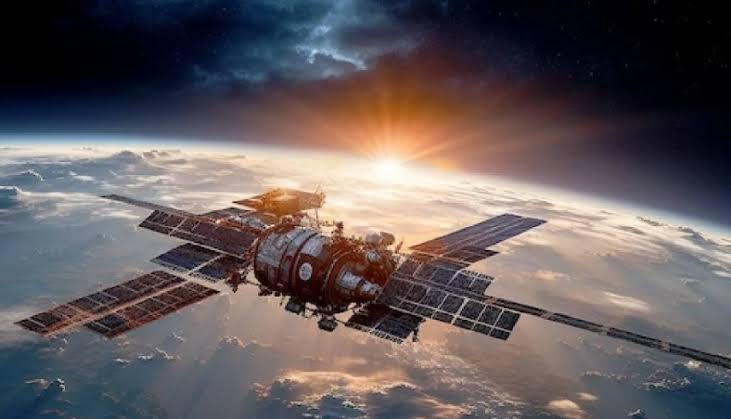The Bharatiya Antariksha Station Approved by Govt

Building a space station requires advanced capabilities in life support systems, radiation protection, and structural integrity—areas where India has made fast paced developments.
The Cabinet has now approved the construction of the Bharatiya Antariksh Station (BAS), marking a significant milestone in the country’s space exploration efforts.
This announced of intent was done on September 18, 2024 itself Now this extends the scope of the existing Gaganyaan program, which aims to develop human spaceflight capabilities.
The BAS will be a modular space station designed for scientific research, expected to orbit between 400-450 kilometres above Earth.
It will consist of five modules, with the first module (BAS-1) targeted for launch in 2028 and full operational status aimed for 2035.
The total budget for the Gaganyaan program has been increased to approximately ₹20,193 crore, with an additional ₹11,170 crore allocated specifically for the BAS project.
This funding will support various precursor missions and technological demonstrations necessary for its development.
The Gaganyaan program, which includes the BAS initiative, is structured around eight missions aimed at developing critical technologies for long-duration human space missions.
Four missions are scheduled to be completed by 2026, focusing on technology validation and operational readiness. Revision in Gaganyaan Programme to include the scope of development and precursor missions for BAS, and factoring one additional uncrewed mission and additional hardware requirement for the developments of ongoing Gaganyaan Programme.
Now the human spaceflight program of technology development and demonstration is through eight missions to be completed by December 2028 by launching first unit of BAS-1.
The Gaganyaan Programme approved in December 2018 envisages undertaking the human spaceflight to Low Earth Orbit (LEO) and to lay the foundation of technologies needed for an Indian human space exploration programme in the long run.
The vision for space envisages including other things, creation of an operational Bharatiya Antariksh Station by 2035 and Indian Crewed Lunar Mission by 2040.
All leading space faring nations are making considerable efforts & investments to develop & operationalize capabilities that are required for long duration human space missions and further exploration to Moon and beyond.
The station will serve as a platform for microgravity research, enabling studies that could lead to advancements in various scientific fields, including health and materials science.
It is expected to enhance India’s capabilities in dealing with natural disasters through improved Earth observation technologies.
The establishment of BAS is anticipated to boost employment in high-tech sectors related to space and allied industries. It will also foster innovation by providing opportunities for small entrepreneurs to test their technologies in space.
By developing its own space station, India aims to join an elite group of nations engaged in human spaceflight, potentially leading to increased international partnerships and collaborations in space exploration.
Ensuring adequate funding through international collaborations and private sector involvement will be crucial for maintaining the project’s momentum.
As a strategic asset, managing geopolitical dynamics with other space-faring nations will be essential as India advances its space station project.
The approval of the Bharatiya Antariksh Station represents a significant step forward for India’s ambitions in space exploration and research, with far-reaching implications for science, technology, and international collaboration.




